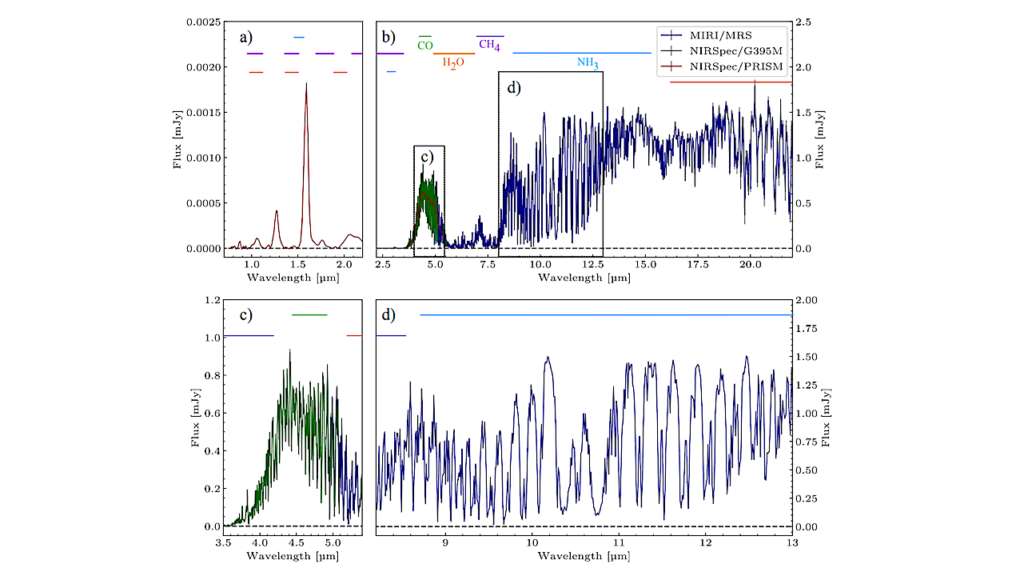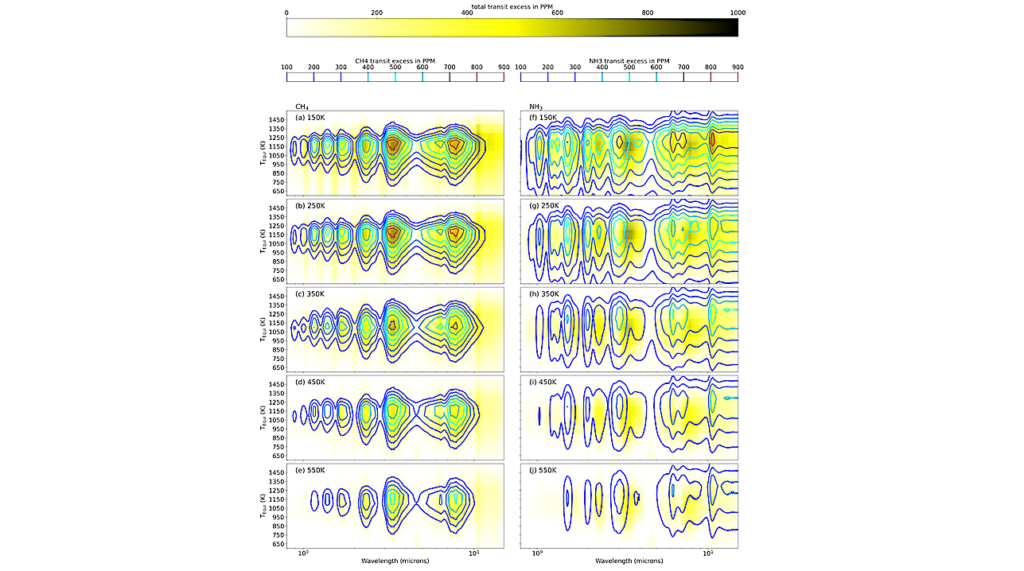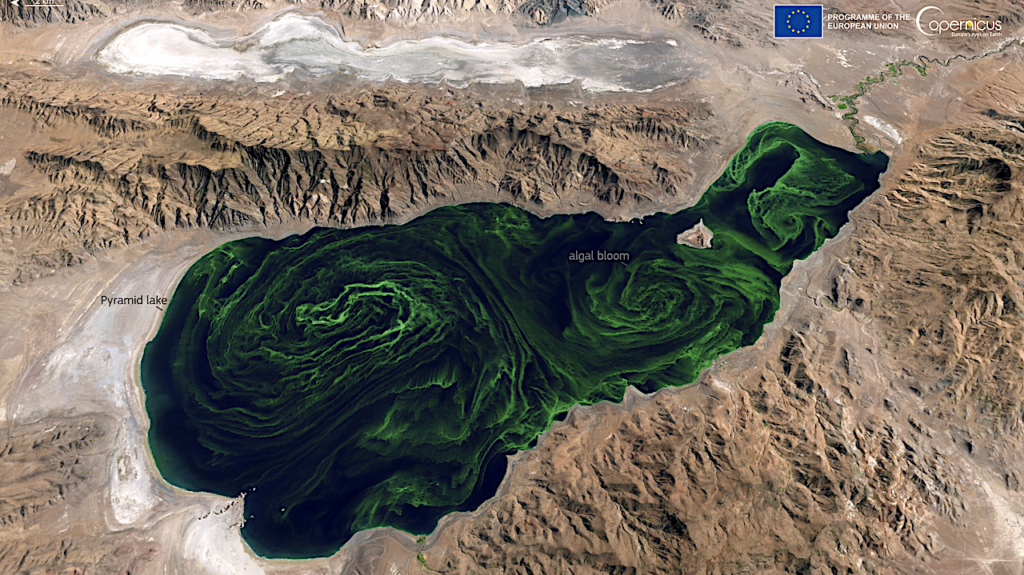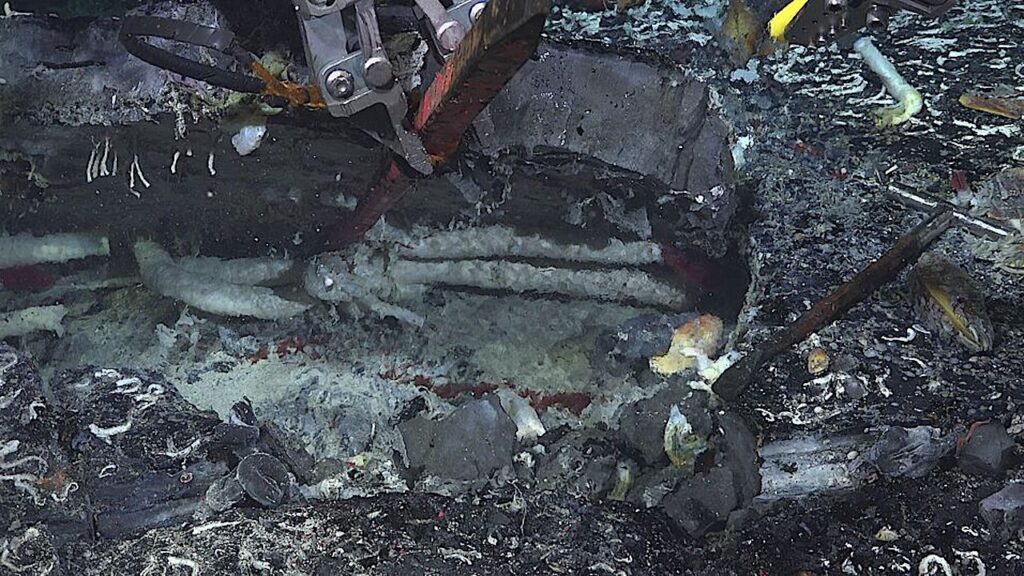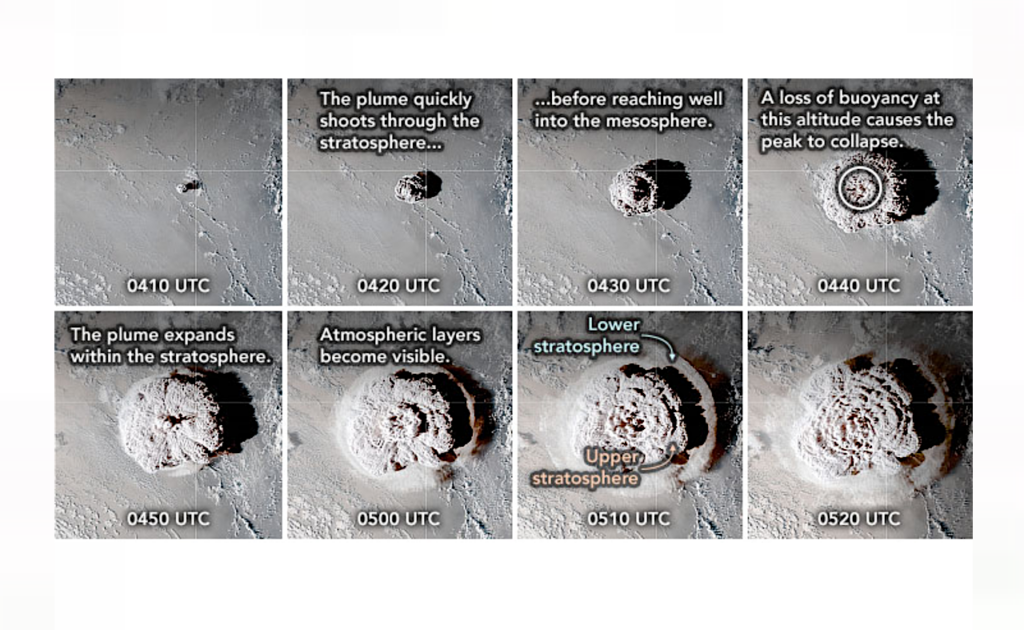No Thick Atmosphere On The Terrestrial Exoplanet Gl 486b

A primary science goal for JWST is to detect and characterize the atmospheres of terrestrial planets orbiting M dwarfs (M-Earths). The existence of atmospheres on M-Earths is highly uncertain because their host stars’ extended history of high XUV irradiation may act to completely remove their atmospheres.
We present two JWST secondary eclipse observations of the M-Earth Gl 486b (also known as GJ 486b) between 5-12 μm. We combined these observations with a precise analysis of the host star parameters to derive a planetary dayside temperature of Tp=865±14 K.
We compared this temperature to the maximum expected temperature for a zero albedo, zero heat redistribution bare rock and derived a temperature ratio of R=Tp,daysideTp,max=0.97±0.01. This value is consistent with an airless body with a slight non-zero albedo or a thin atmosphere with <1% H2O or <1 ppm CO2.
However, it is inconsistent with an Earth- or Venus-like atmosphere, and the spectrum shows no clear emission or absorption features. Additionally, our observations are inconsistent with the water-rich atmospheric scenario allowed by previous transit observations and suggest the transmission spectrum was instead shaped by stellar contamination (Moran et al. 2023).
Given the potential for atmospheric escape throughout the system’s ≥6.6-Gyr lifetime (Diamond-Lowe et al. 2024), we conclude that the observations are likely best explained by an airless planet. This result is the most precise measurement yet of terrestrial exoplanet thermal emission with JWST, which places a strong constraint on the position of the “Cosmic Shoreline” between airless bodies and those with atmospheres.
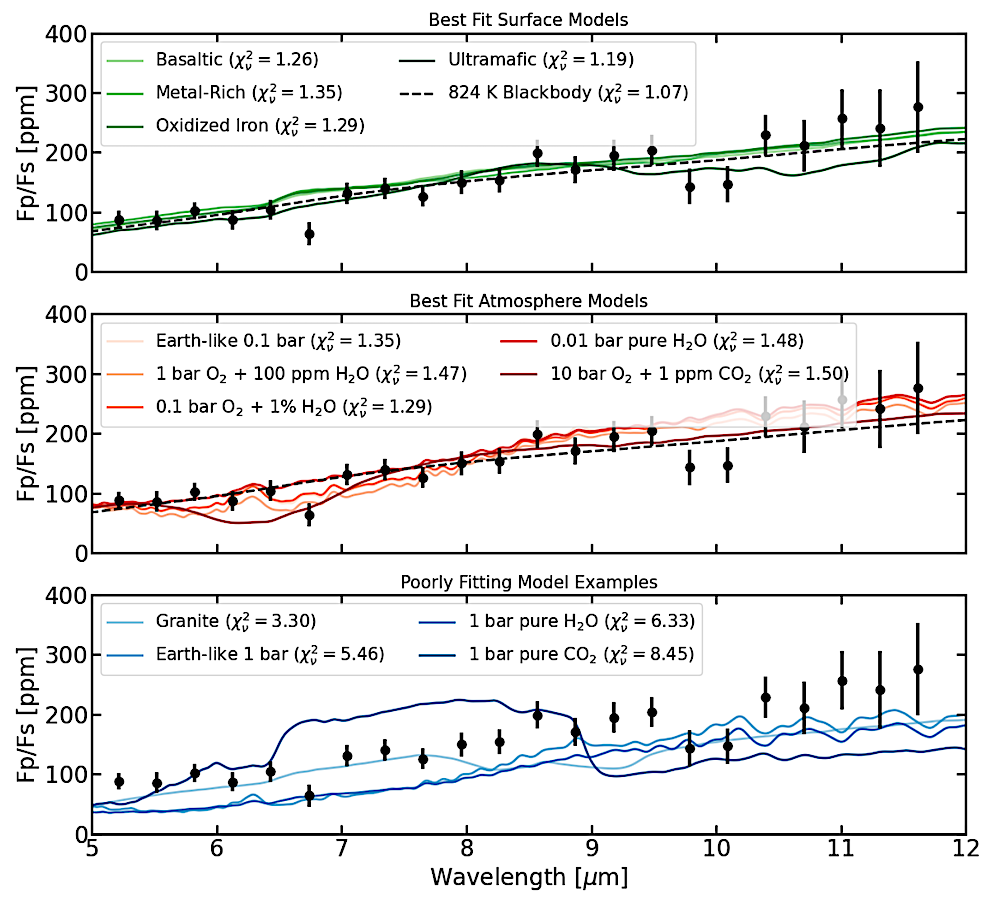
Comparison of the eclipse spectrum of Gl 486b (black points) with a variety of atmosphere and bare rock forward models. Top and middle panels show all bare rock and atmosphere models that have a reduced chi squared of ≤ 1.5, respectively, assuming the number of degrees of freedom equals the number of data points. The bottom panel shows a selection of bare rock and atmosphere models which give worse fits to the data. The only atmospheres as consistent with our data as the bare rock models have relatively low surface pressures and/or small concentrations of the infrared absorbers H2O and CO2. — astro-ph.EP
Megan Weiner Mansfield, Qiao Xue, Michael Zhang, Alexandra S. Mahajan, Jegug Ih, Daniel Koll, Jacob L. Bean, Brandon Park Coy, Jason D. Eastman, Eliza M.-R. Kempton, Edwin S. Kite, Jonathan Lunine
Comments: 13 pages, 6 figures, submitted to ApJL
Subjects: Earth and Planetary Astrophysics (astro-ph.EP)
Cite as: arXiv:2408.15123 [astro-ph.EP] (or arXiv:2408.15123v1 [astro-ph.EP] for this version)
https://doi.org/10.48550/arXiv.2408.15123
Focus to learn more
Submission history
From: Megan Weiner Mansfield
[v1] Tue, 27 Aug 2024 15:04:08 UTC (16,063 KB)
https://arxiv.org/abs/2408.15123
Astrobiology,



